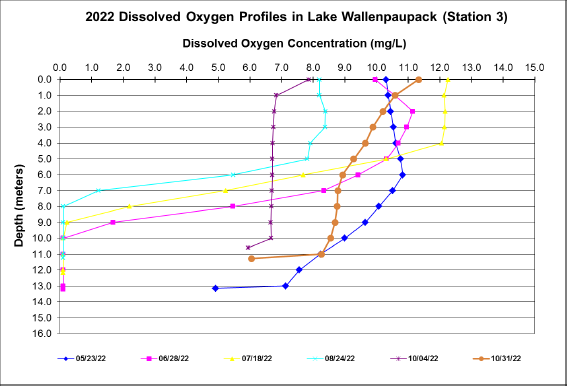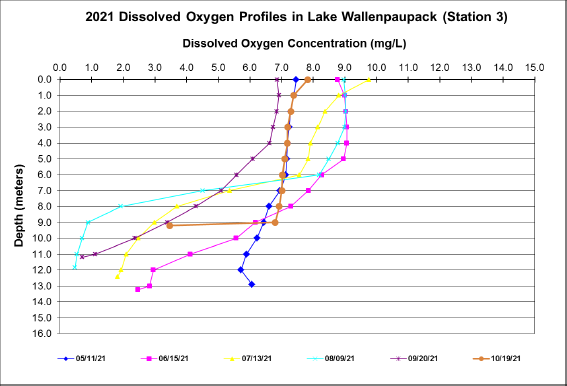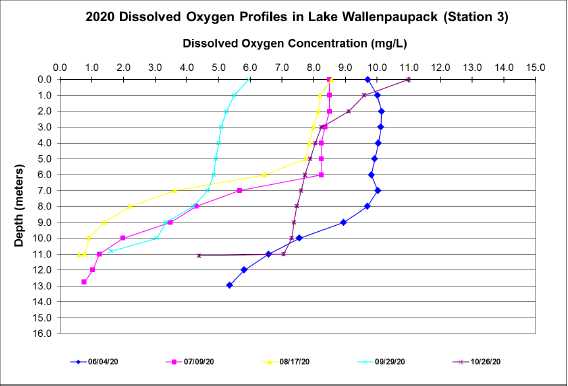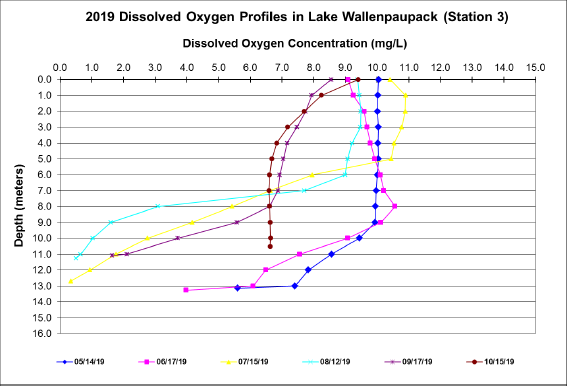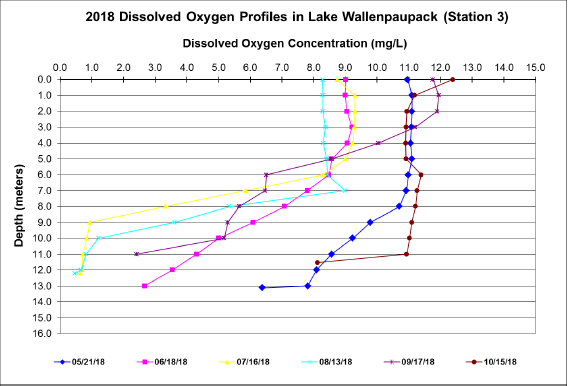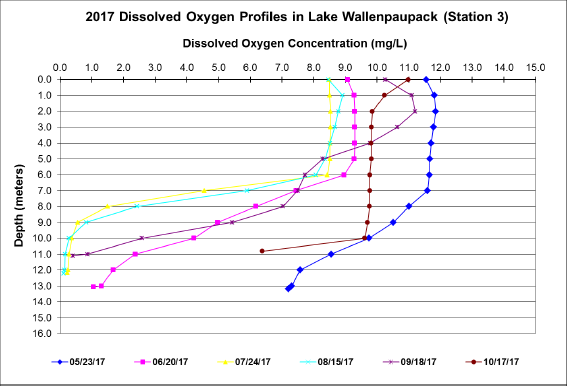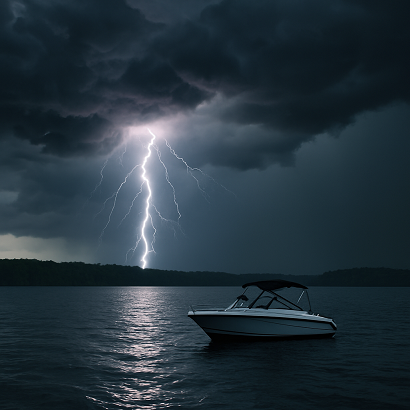Oxygen is an essential component for the survival of all living organisms including fish. In a landlocked lake, oxygenation plays a critical role in maintaining the health and productivity of the fishery. Without adequate oxygen levels, fish populations can suffer and the overall ecosystem can become imbalanced. In this article, we will explore the importance of oxygenation in landlocked lakes and how it affects the fishery.
Landlocked lakes are bodies of water that are not connected to any major rivers or oceans. Unlike open water bodies, landlocked lakes have limited water exchange, which can lead to low oxygen levels. The process of oxygenation involves introducing oxygen into the water to ensure that fish and other aquatic life have enough oxygen to survive.
One of the main reasons why oxygenation is critical for a landlocked lake fishery is that fish need oxygen to breathe. Fish gills extract dissolved oxygen from the water and use it to fuel their bodily functions. If the oxygen levels in the water are too low, fish may not be able to get enough oxygen to survive, leading to a decline in fish populations.
In general, safe minimum dissolved oxygen concentrations for adult trout and non-trout fish are 5.0 and 3.0 mg/L, respectively.
– 2022 Water Quality Report published by Wallenpaupack Watershed
- Dissolved Oxygen = < 0.3 mg/L – fish die after short-term exposure
- Dissolved Oxygen = 0.3–1 mg/L – lethal for long-term exposure
- Dissolved Oxygen = 1–5 mg/L – fish survive, but growth is slow for prolonged exposure
- Dissolved Oxygen = > 5 mg/L – minimum for warm water fish species (fast growth)
Another reason why oxygenation is important in landlocked lakes is that it helps to regulate the ecosystem. Oxygen is a critical component of the food chain, as it supports the growth of plants and algae that provide food for fish and other aquatic life. If the oxygen levels are low, plant growth can slow down, which can lead to a decline in the food supply for fish. This can cause a ripple effect throughout the ecosystem, leading to a decline in other species that depend on fish for food.
Oxygenation can also help to prevent the accumulation of harmful gases in the water, such as hydrogen sulfide and methane. These gases can build up in stagnant water and can be toxic to fish and other aquatic life. By introducing oxygen into the water, these gases can be dispersed, making the environment safer for fish and other aquatic life.
There are several ways to oxygenate a landlocked lake. One of the most common methods is to use an aerator, which circulates the water and introduces oxygen into the water column. Aeration can be achieved through the use of fountains, diffusers, and surface aerators. The type of aerator used will depend on the size and depth of the lake, as well as the desired oxygen levels.
Another method of oxygenation is through the use of algae and plant management. By controlling the growth of algae and aquatic plants, the amount of oxygen in the water can be increased. This is because plants and algae consume oxygen during the night through the process of respiration. By reducing the amount of plant life, more oxygen will be available for fish and other aquatic life.
In addition to oxygenation, it is also important to monitor other factors that can affect the health of a landlocked lake fishery. These include water temperature, pH levels, and nutrient levels. By maintaining a healthy balance of these factors, the fishery can thrive and provide recreational opportunities for anglers.
Dissolved Oxygen by Month and Year
Figures taken from WallenpaupackWatershed.org’s Annual Water Quality Reports. Water depth (ft) is the left axis and dissolved oxygen (ppm or mg/L) is the top axis.
In conclusion, oxygenation plays a critical role in maintaining the health and productivity of a landlocked lake fishery. Fish need oxygen to survive, and without adequate levels, fish populations can decline, leading to an imbalanced ecosystem. By using methods such as aeration and plant management, the amount of oxygen in the water can be increased, ensuring a healthy and thriving fishery. Monitoring other factors such as water temperature and nutrient levels can also help to maintain the health of the fishery. With proper management and attention to oxygenation and other environmental factors, landlocked lakes can provide a vibrant fishery for generations to come.
